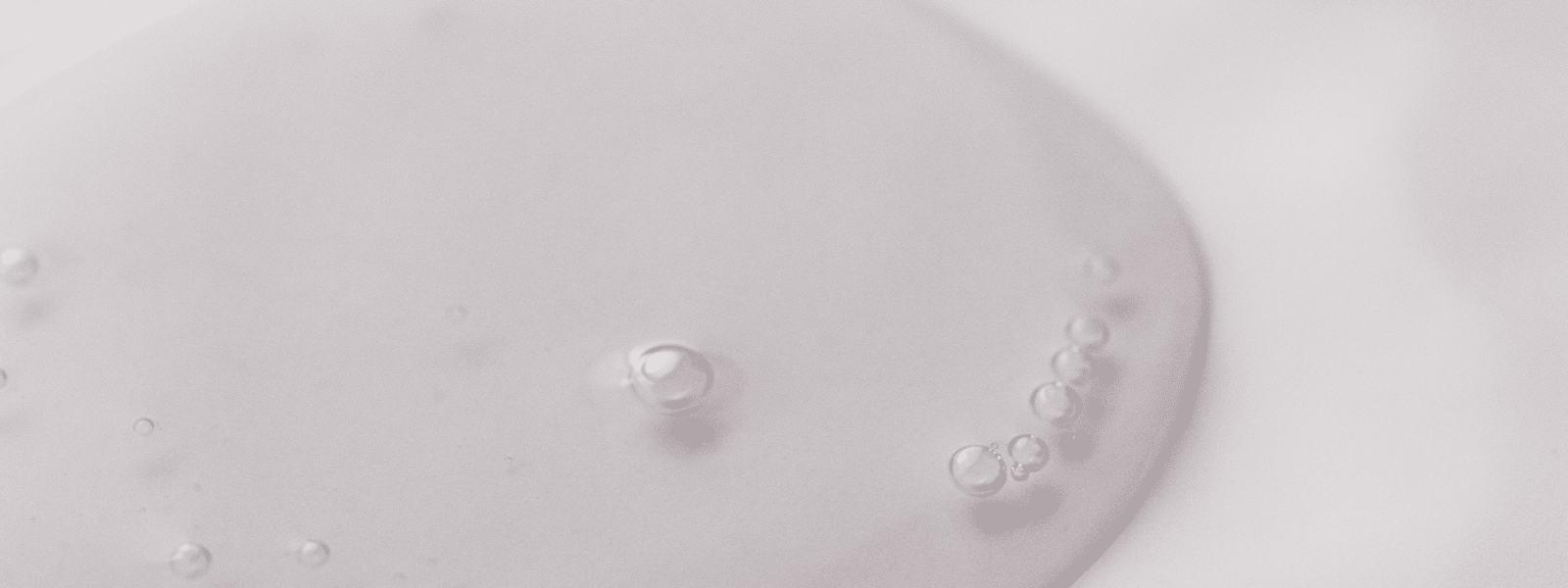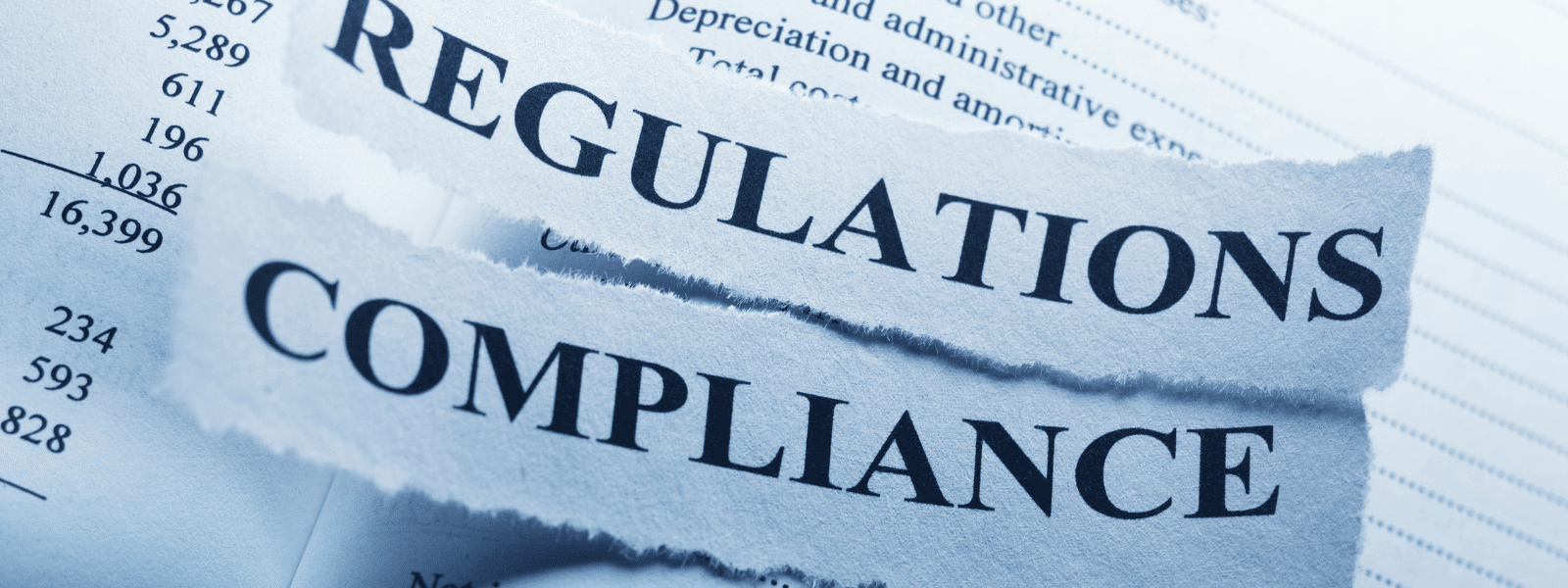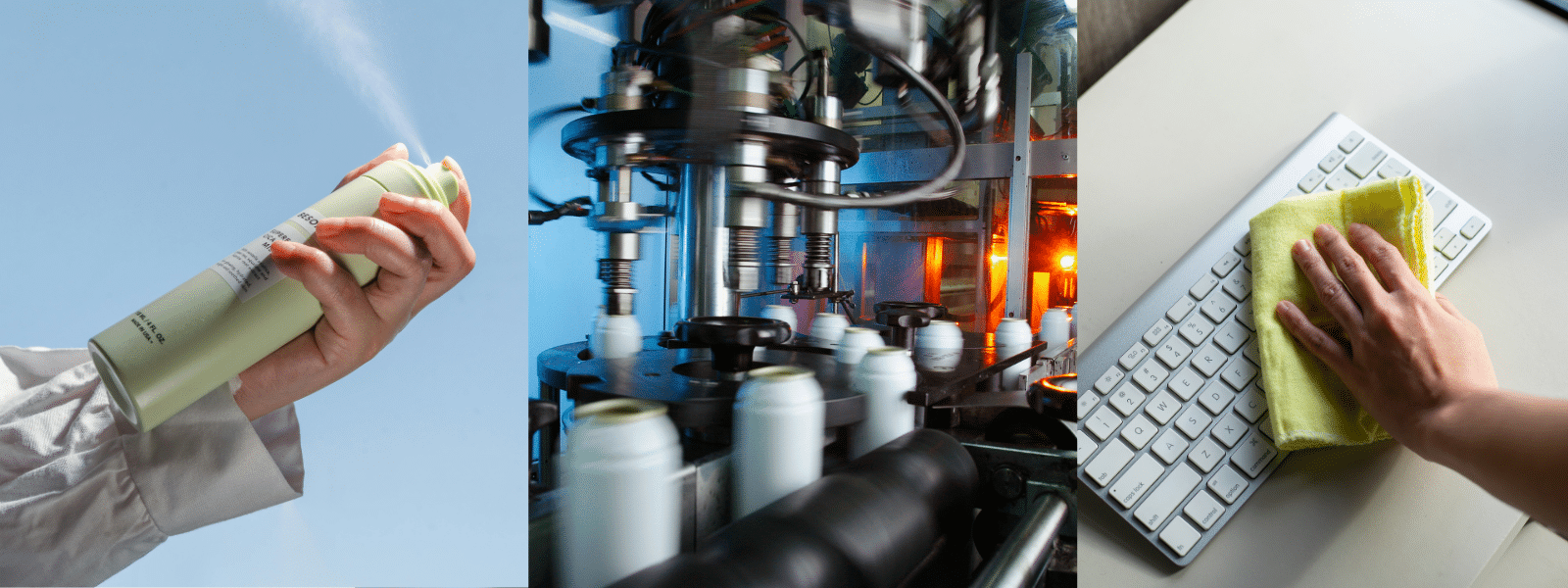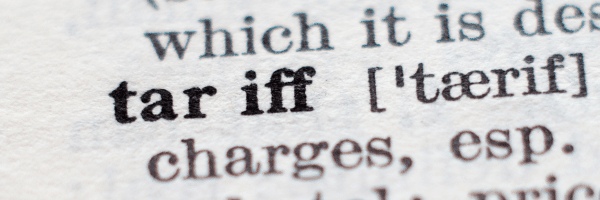A cleaning agent is any substance used to remove an unwanted smell, dust, dirt, or stains from surfaces. Whatever the purpose, cleaning agents exist around every corner in the form of liquids, sprays, powers, or granules. Each consists of a different chemical makeup thus making some more hazardous than others. Solvents are a substance capable of dissolving a solute (liquid, solid, or gas) to form a cleaning or degreasing solution. They are used for a number of industrial strength applications including:
- Dry Cleaning
- Nail Polish Removal
- Spot Removers
- Detergents
- Glue Removal
- Grease Elimination
One important quality of solvent cleaners is the boiling point as it determines the speed and temperature of evaporation. Some solvent cleaners evaporate within seconds at normal room temperature. A low boiling point results in the release of potential toxins into the air quickly under normal conditions. If a solvent has a high boiling point, this means it requires increased temperatures in addition to air flow or vacuum application to evaporate faster. This particular characteristic affects workplace safety during application of certain solvents.
What Dangers Exist When Using Solvent Cleaners?
Solvent cleaners are either organic or inorganic in nature with new water-based options becoming available for safer removal. Isopropyl alcohol is an example of a mild organic solvent because most commercial based formulas contain a percentage of water. Acetone, on the other hand, is a strong organic solvent that must be used with caution. Solvent cleaners using acetone are dangerous to inhale for an extended period of time. Hexane, often used in commercial lubricants, is another example of a strong organic solvent. It is typically applied for removal of stains or spills that do not dissolve in water such as vegetable oil or grease. Workers handling stronger organic solvents must be in a well-ventilated area to reduce the dangers of inhalation.
Inhalation is one of the biggest dangers of strong organic solvent cleaners. Handling requires a well-ventilated area, precautionary clothing, and eye protection in many cases. Those with a low-boiling point are more dangerous for both the environment and people because they have a higher vapor pressure. They are referred to as Volatile Organic Compounds or VOCs and consist of any organic chemicals that evaporate at room temperature. A good example would be formaldehyde, which is released from certain paints. The largest health risks are respiratory, allergic, and immune system complications due to inhalation or direct exposure.
Safer Options Are Available
Using solvent cleaners containing low or no VOCs is one option for reducing exposure. Stocking only the needed quantity also reduces exposure as these items evaporate even when not in use. Taking measures to find a lower VOC alternative is equally important. Several companies are able to offer solvent cleaners with Low-VOCs or No VOCs, which do not evaporate as quickly and are safer to handle. At Ecolink, we not only offer choices capable of doing the job with lower VOCs, but also are able to formulate a solvent cleaner based on your specific needs.
How to Choose the Right Solvent Cleaner
Now that you understand what a solvent cleaner is and how it works, the next step is figuring out which one is right for your specific needs. With a multitude options on the market — from heavy-duty degreasers to VOC-free alternatives — selecting the right solvent cleaner can make a major difference in safety, performance, and compliance.
Use the guide below to find the best solvent cleaner for your needs:
- Surface Material Considerations
- Match the Strength to the Job
- VOC Content and Safety
- Industry-Specific Use Cases
- Regulatory Compliance
- Questions to Ask Before Buying
With so many types of solvent cleaners available, selecting the right one can feel overwhelming. The best choice depends on the specific material you’re working with, the type of contaminants you’re removing, and the safety or regulatory requirements in your industry. Here’s a simple breakdown to help you make an informed decision:
1. Surface Material Considerations
Different materials require different solvent types. Using the wrong one can damage your components or reduce cleaning effectiveness.
- Metal surfaces: Can usually handle stronger solvents like acetone or toluene.
- Plastics and rubber: Require gentler, non-reactive solvents to avoid melting, warping, or staining.
- Electronics: Need non-conductive, fast-evaporating solvents like isopropyl alcohol or specialized electronic cleaners.
2. Match the Strength to the Job
Not all cleaning tasks need heavy-duty solvents. Using a powerful solvent for a simple job can damage materials or create unnecessary risk.
- Heavy-duty cleaning: Choose aggressive solvents for thick grease, adhesives, or baked-on residues.
- Routine maintenance: Use safer, mild, or VOC-free solvents for regular wipe-downs and surface prep.
3. VOC Content and Safety
Volatile Organic Compounds (VOCs) can pose health and environmental hazards, especially in enclosed workspaces.
- Indoor use: Choose low-VOC or VOC-free solvents and ensure proper ventilation.
- PPE: Use gloves, goggles, and respirators when handling high-VOC solvents.
4. Industry-Specific Use Cases
Different industries have unique requirements for solvent cleaners based on the materials and contaminants involved.
- Aerospace: May require MIL-SPEC compliant cleaners for precision components.
- Automotive: Strong degreasers for heavy-duty engine and parts cleaning.
- Electronics manufacturing: Residue-free cleaners for delicate circuit boards and sensitive parts.
- Food processing: Must adhere to food-safe, non-toxic solvent guidelines.
5. Regulatory Compliance Matters
Stay up to date with OSHA, EPA, and state-specific regulations when choosing a solvent cleaner.
- OSHA Compliance: Solvent cleaners used in workplaces must meet OSHA standards for safety.
- EPA Regulations: Ensure the solvent complies with environmental standards to reduce harmful emissions.
- State-Level Regulations: Be aware of local laws regarding VOC limits and environmental impact.
6. Questions to Ask Before Buying
Use this quick checklist when evaluating a solvent cleaner:
- What material(s) will I clean?
- Is it safe for indoor or closed environments?
- Are there VOC limits I need to follow?
- Will this solvent leave a residue?
- Do I need it to evaporate quickly?
- Is it compliant with my industry’s standards?
Ready to find the right solvent cleaner?
Browse our full line of industrial and eco-friendly solvent cleaners to find the perfect match for your application.
Still not sure which solvent is best for you?
Our team of chemical specialists is here to help. Contact us for personalized recommendations based on your needs and industry requirements.















